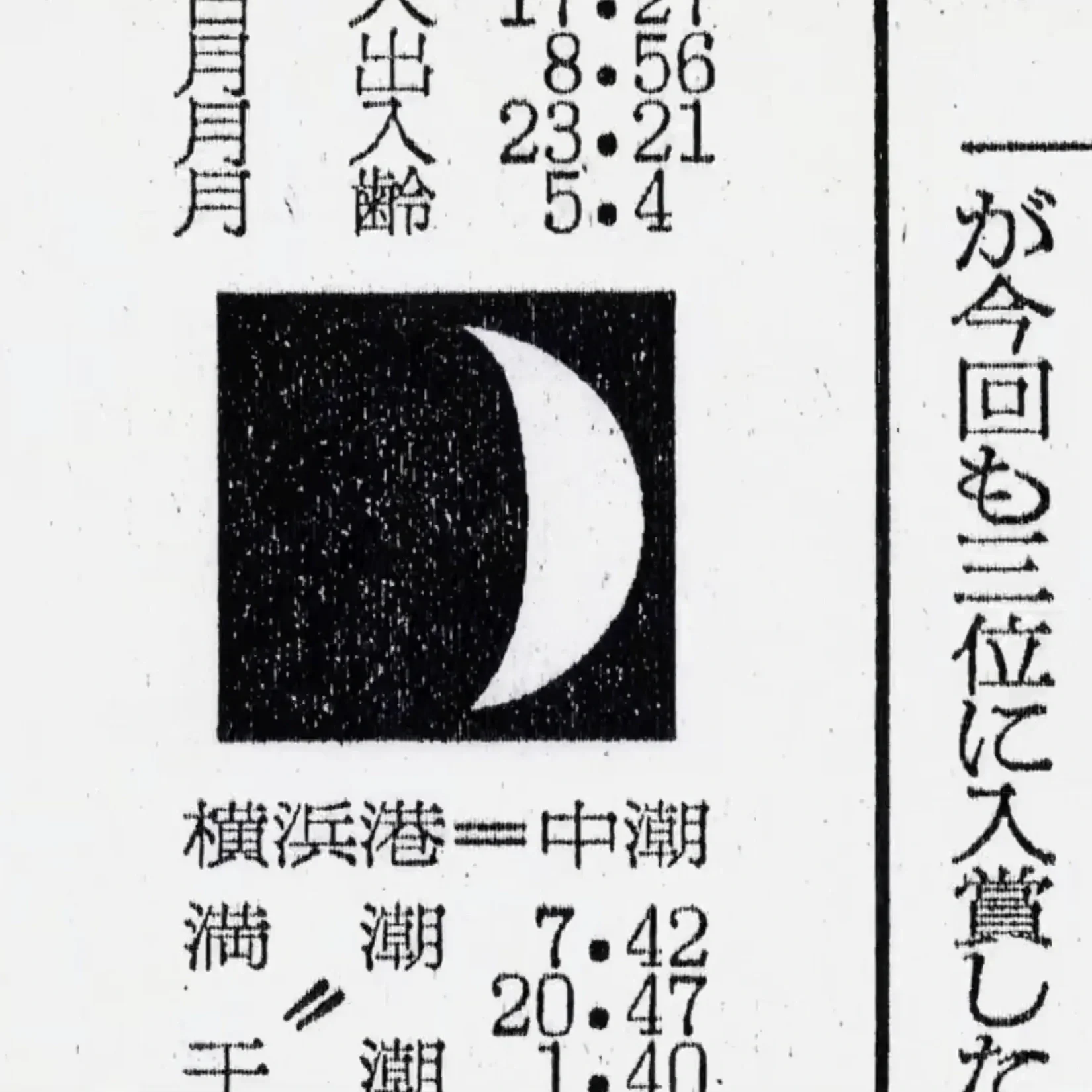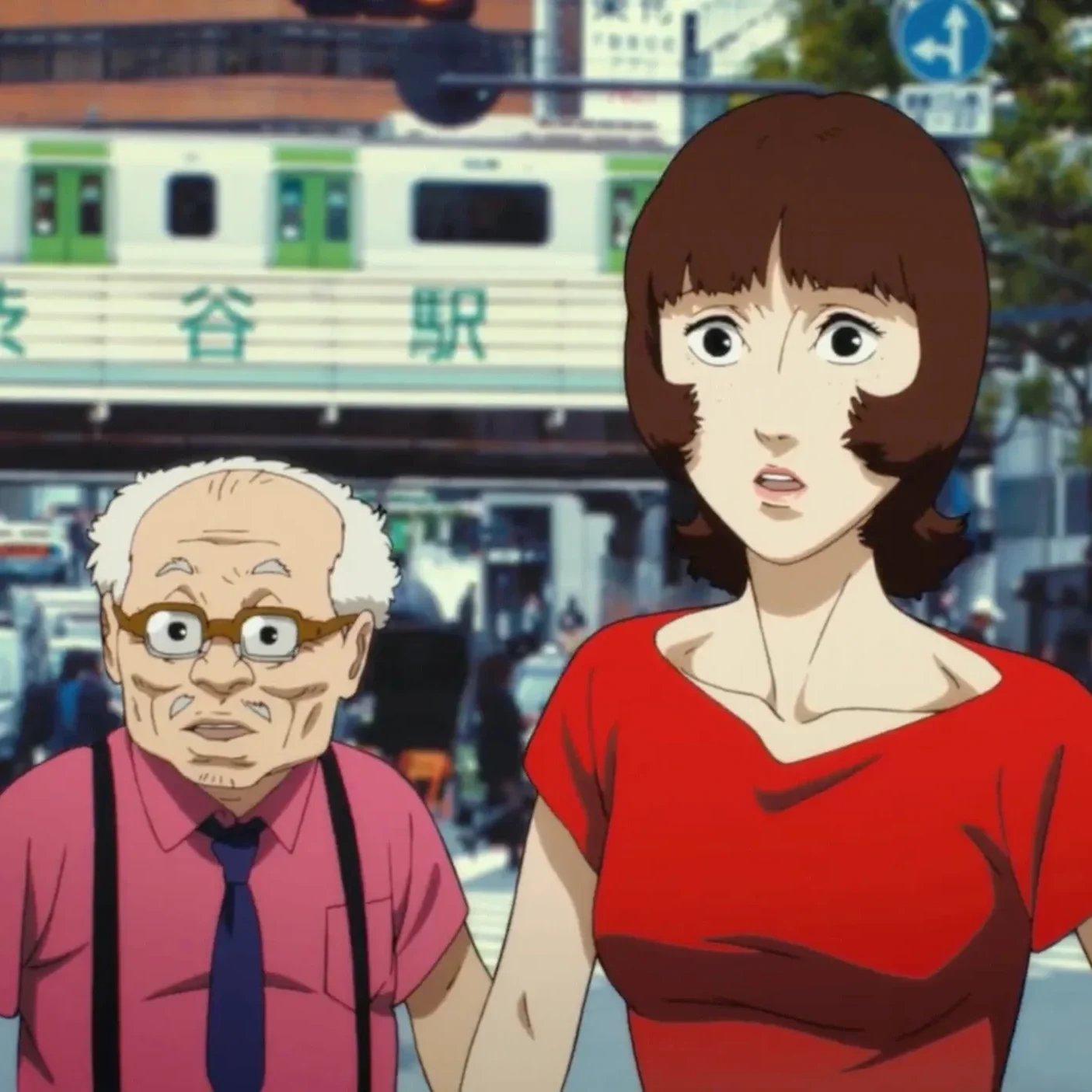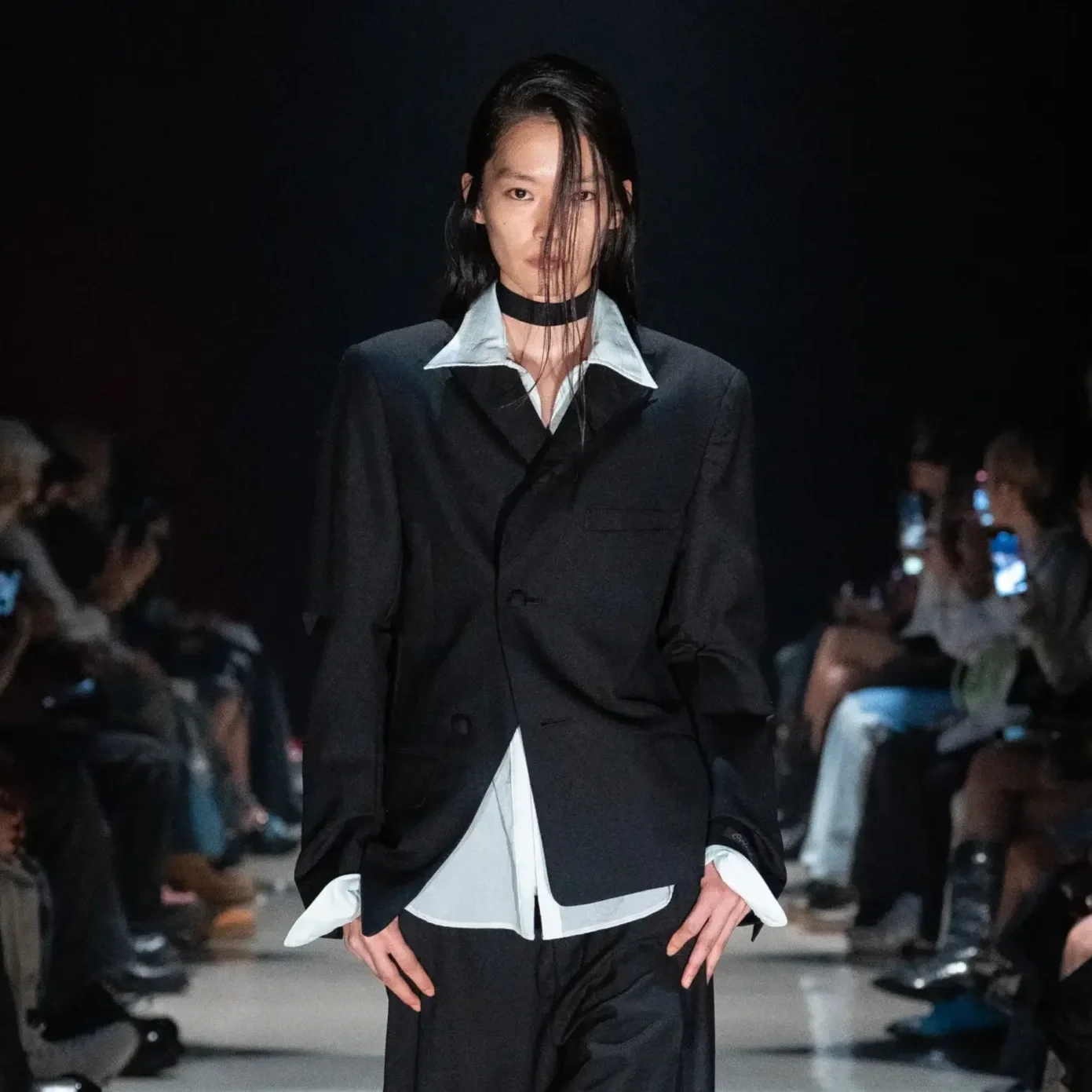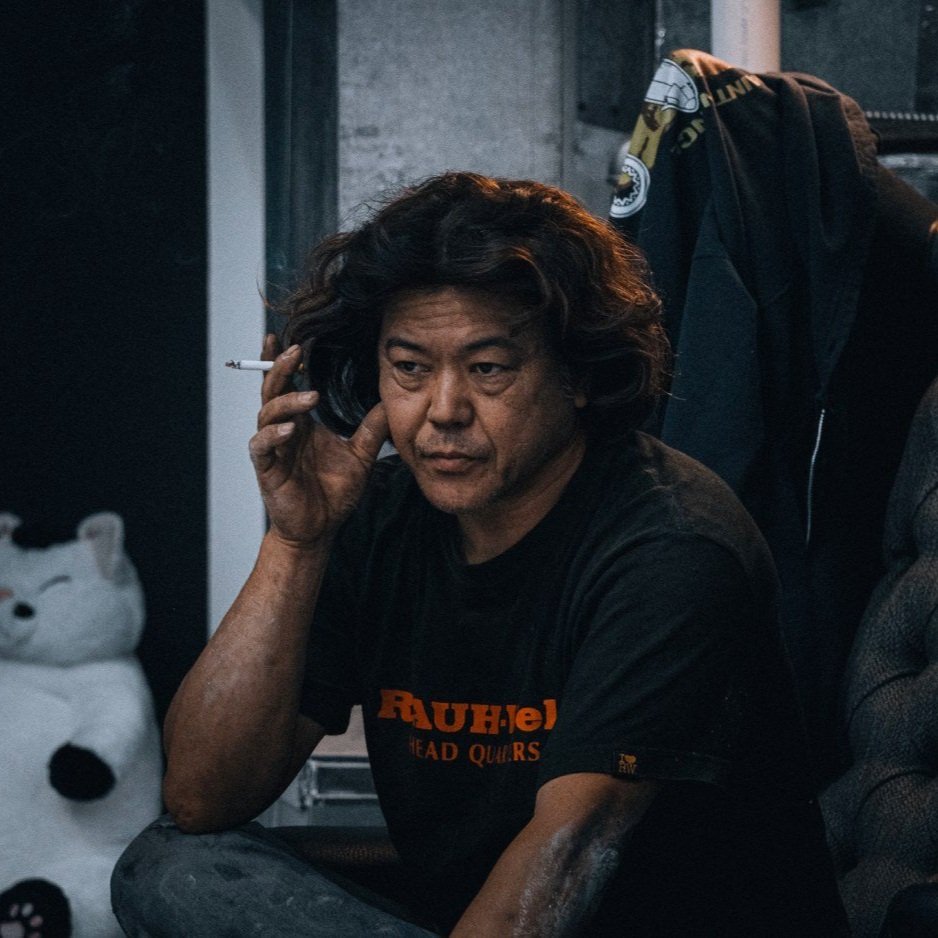Before Bōsōzoku - The Kaminari-zoku Thunder Tribe
If you’re reading this, you have probably seen the infamous Japanese Bosozoku biker gangs, known for their extravagantly long sissy bar backrests and iconic paint jobs. Before this subculture made its way into the mainstream, the driving force behind it stemmed from a generation torn apart by the aftermath of World War II.
Post-war Japan faced a period of reckoning. The physical devastation gave way to a deeper cultural disorientation, leaving generations searching for a new identity amid the ruins of imperial ideology. This backdrop became the catalyst for a subculture that used bikes as an emotional outlet: Kaminari-zoku (雷族), or Thunder Tribe. Often overshadowed by the flashier, more aggressive Bosozoku, the Kaminari-zoku were primarily composed of ex-soldiers seeking rebellion, survival, and raw cultural expression.
Post-War Japan - A Nation in Flux
It’s 1950, and Japan’s population is slowly coming to terms with the aftershocks created by defeat and occupation. While the country’s existing hierarchies were being dismantled under the watchful eye of the Allied powers, the American presence introduced a wave of foreign goods, ideas, and cultural artifacts. In these enduring times, motorcycle culture captured the imagination of Japan’s youth.
Within Japan’s broader socio-political upheaval, many returning soldiers, disillusioned by the collapse of imperial Japan and cast adrift in a rapidly Westernizing society, looked to the motorcycle as a symbol of speed and freedom, leading to the emergence of the Kaminari-zoku.
Their military history brought with them discipline, as well as trauma of war. These young men saw motorcycles both as an escape and a sense of control in a chaotic post-war world, a sentiment not unique to Japan, as similar youth movements were founded globally during this era.
Kaminari-zoku ride 1959│via Wikimedia Commons│Author unknown
Motorcycles as a Cultural Artifact
While the Bosozoku were characterized by the use of thriving Japanese motorcycle brands, the kaminari-zoku didn’t have the luxury of choice. Japan’s automotive industry was still in its infancy during the post-war period, and resources were scarce. Meaning that the kaminari-zoku members had to resort to a variety of motorcycles, including war surplus models like the Asahi or Miyata 350cc bikes, as well as imported American and European brands like Harley-Davidson, Indian, Triumph, and BMW.
Your choice of motorcycle depended on affordability and availability, as many bikes were scavenged, rebuilt, or maintained during communal effort. Ironically enough, motorcycles carried a double symbolism. During the 1930s, motorcycles were often seen as tools of practicality or even luxury, reserved for the elite or military purposes. Twenty years later, they became tools of rebellion. Riding a motorcycle through the streets of Tokyo or Osaka in the 1950s became a statement, a declaration of independence.
Rebellion on the Streets
Now that you know how the Kaminari-zoku were formed, let’s look at their actions. These young rebels were notorious for their reckless riding, making their way through the streets of Shinjuku, running red lights while racing down city streets at deafening speeds. Consequently, these activities were not appreciated by the locals, leading to public concern over noise pollution and traffic accidents. It didn’t take long for the Kaminari-zoku to be viewed as a social problem during their time.
The members modified their bikes so they became as loud as possible. Stripping away mufflers to amplify engine roars turned their rides into a mobile disturbance in every street they roamed. This was Japan’s youth culture at its rawest, an intuitive response to the rigidity of a society still clinging to Confucian values amidst rapid Westernization.
Kaminari-zoku ride circa 1959│via Wikimedia Commons│Author unknown
The Thunder Tribe’s Identity
If we look at biker groups that emerged around the world around the same time, the Kaminari-zoku shared cultural parallels with groups like Britain’s Rockers or America’s Hell’s Angels, but their identity was uniquely Japanese. Why? Because, unlike their Western counterparts, the Kaminari-zoku bore the scars of a defeated empire. Their fashion style was often rugged, practical, and militaristic, reflecting their post-war connection.
In the 1970s, this aesthetic would evolve into the highly stylized and theatrical look of the Bosozoku, but in the 1950s, it was raw and unpolished. Imagine a young man in a ragged uniform atop a Harley, making its way through Tokyo’s crowded streets, the picture of rebellion in Japan’s cultural consciousness. If you’d like to take a deep dive into the aesthetics of this subculture, the book Where is '69 Shinjuku Kaminari Zoku captures the visual appeal of the Kaminari-zoku era vividly.
Where is '69 Shinjuku Kaminari Zoku│via christies.com│© Fukuda Fumiaki
Transition to Bōsōzoku
By the late 1960s and early 1970s, the Kaminari-zoku began to evolve into what became known as the Bosozoku, or “violent running tribe.” The Bosozoku introduced a new generation of bikers who adopted more aggressive behaviors and extravagant fashion styles, including flashy customized bikes and uniforms striking a mix between military attire and symbolized gang dress. The Bosozoku became synonymous with youth rebellion in Japan, reaching their peak in the 1980s with an estimated 42,510 members in 1982.
The big difference between Bosozoku and Kaminari-zoku was their philosophy. While Kaminari-zoku’s defiance felt rooted in survival, the Bosozoku rebellion was theatrical, almost ritualistic. The Kaminari-zoku’s influence, however, remained. They set the tone for what would become Japan’s most infamous biker subcultures, establishing the motorcycle as a powerful symbol of defiance.
Kaminari-zoku’s Legacy
The legacy of the Kaminari-zoku and subsequent Bosozoku subcultures have shaped Japanese biker culture. Over the years, they have been represented in films, music, and fashion. While their numbers have significantly declined due to legal crackdowns and societal changes, the cultural imprint of these groups continues to influence Japanese subcultures today.
The Kaminari-zoku became Japan’s first post-war youth rebellion, a bridge between the country’s militaristic past and its uncertain, rapidly modernizing future. In their defiance, they chased a universal longing for freedom, resonating not just in Japan but across the world.
Today, their legacy is often overshadowed by the more flamboyant Bosozoku, but understanding the Kaminari-zoku is essential to grasping the roots of Japan’s post-war subcultures. They were rebels, yes, but also survivors and innovators, carving out space for individuality in a society that often demanded conformity.











Revolutionary Bikers - the rise and fall of Japan's Bosozoku subculture.